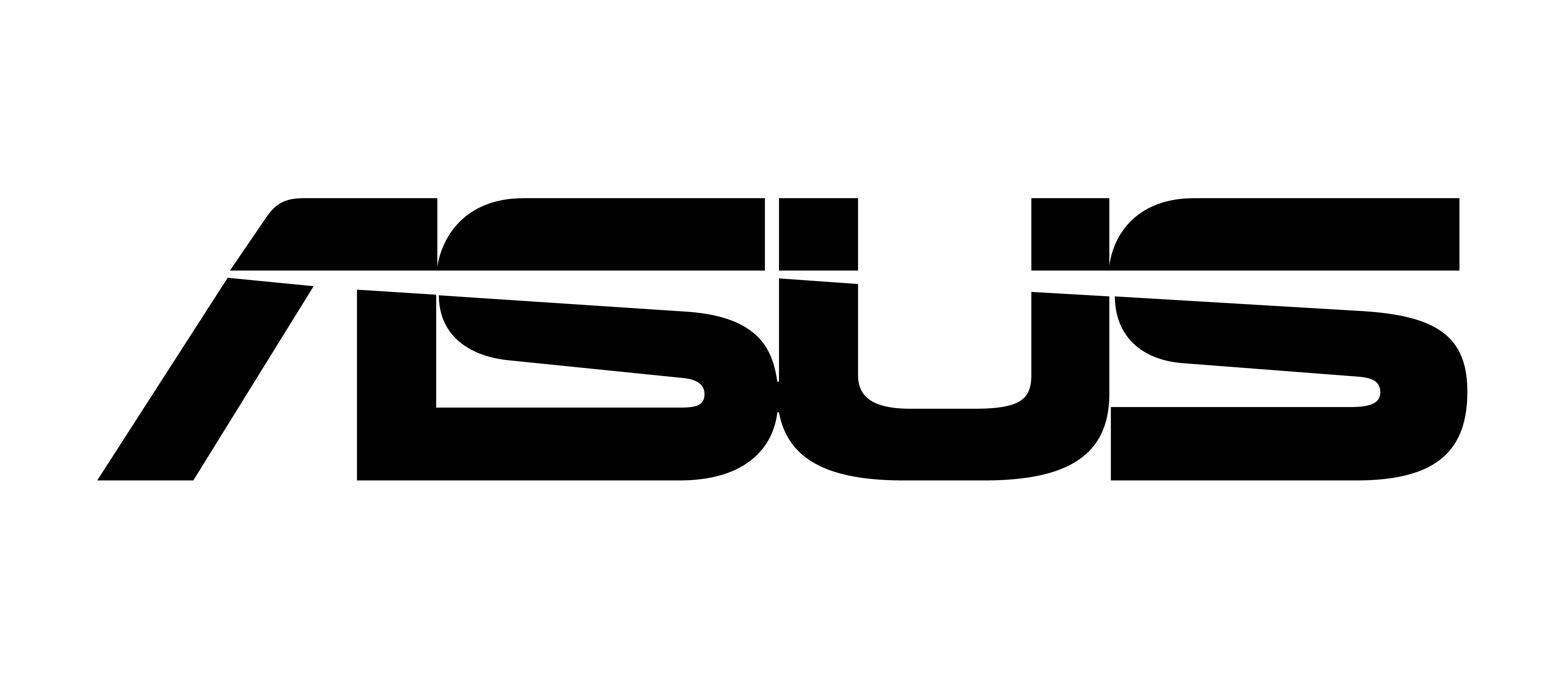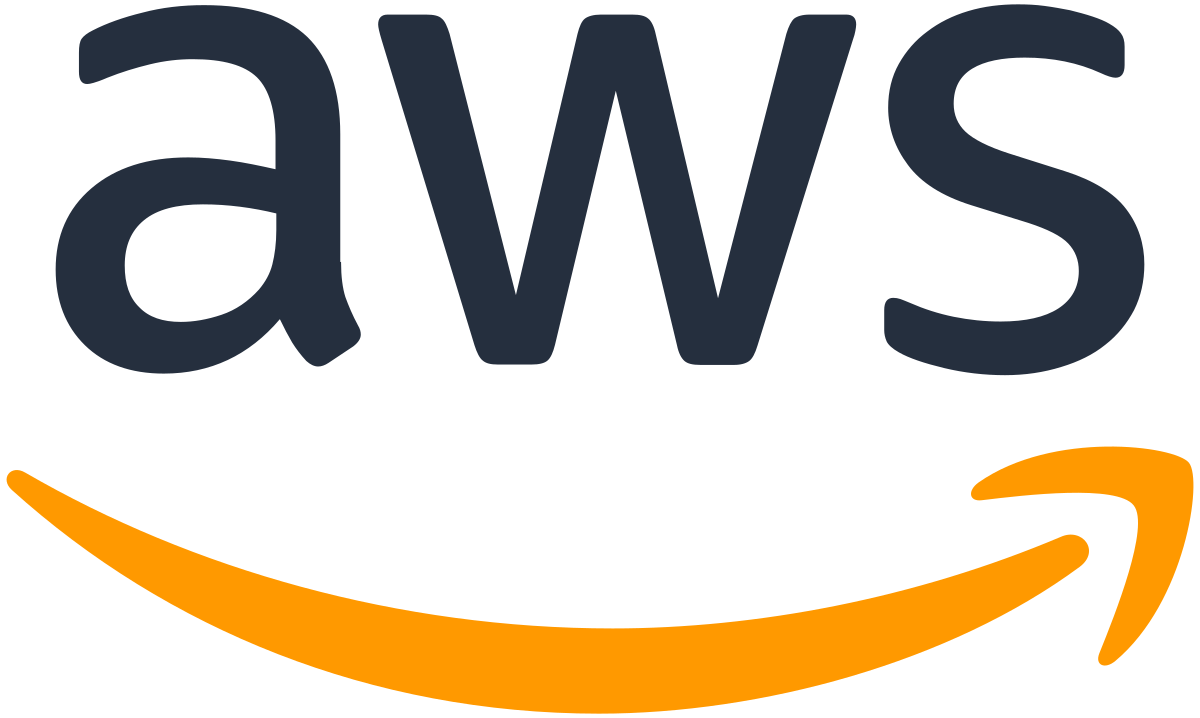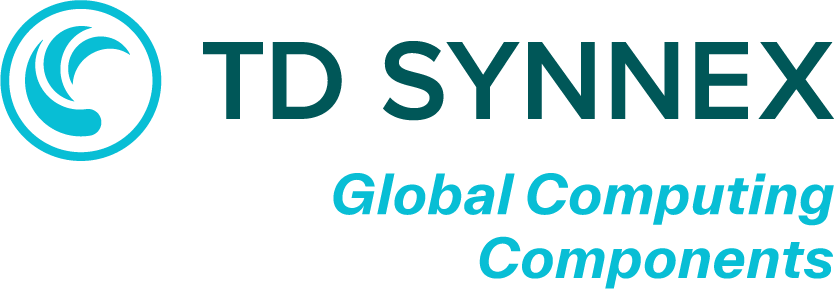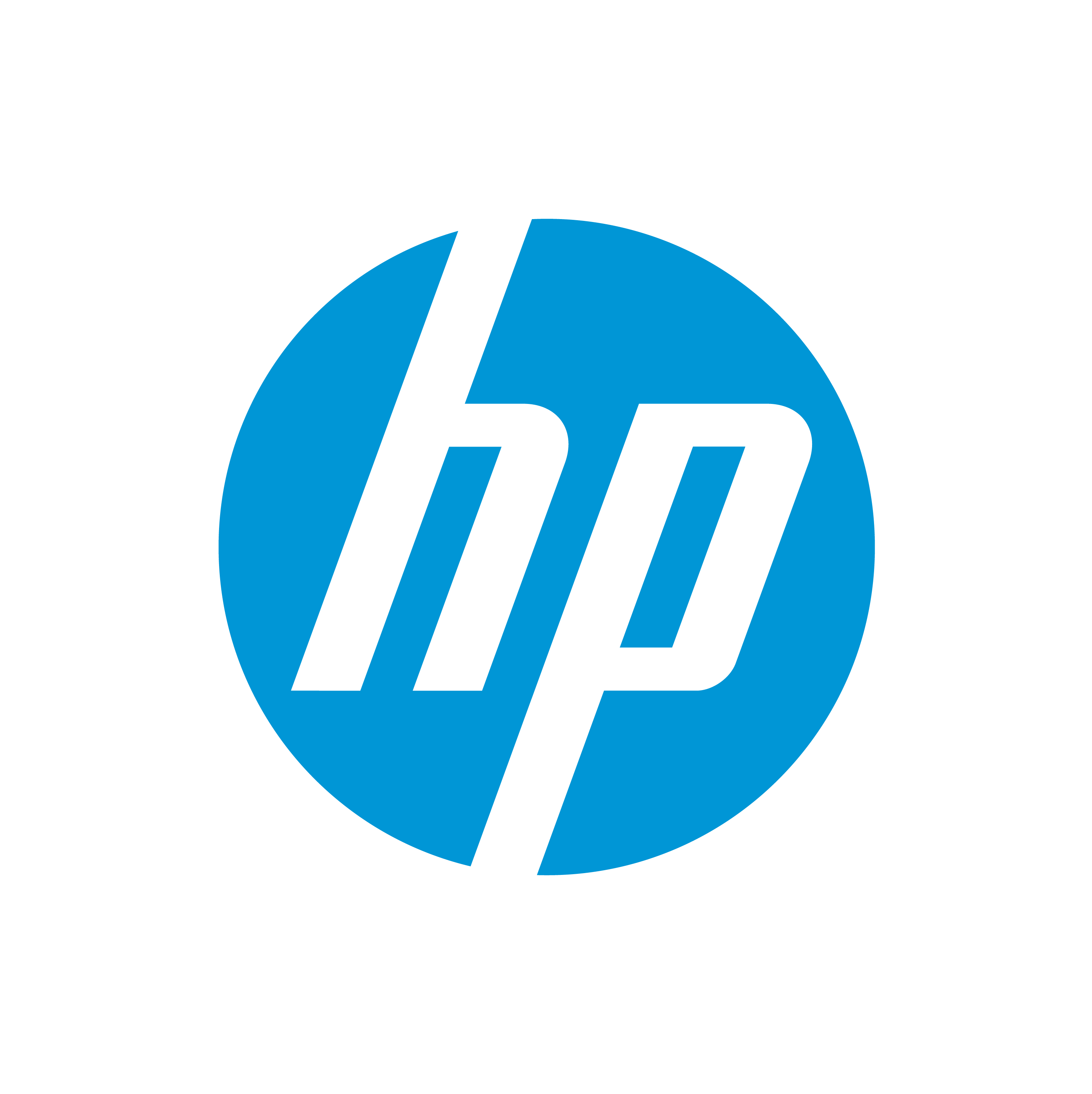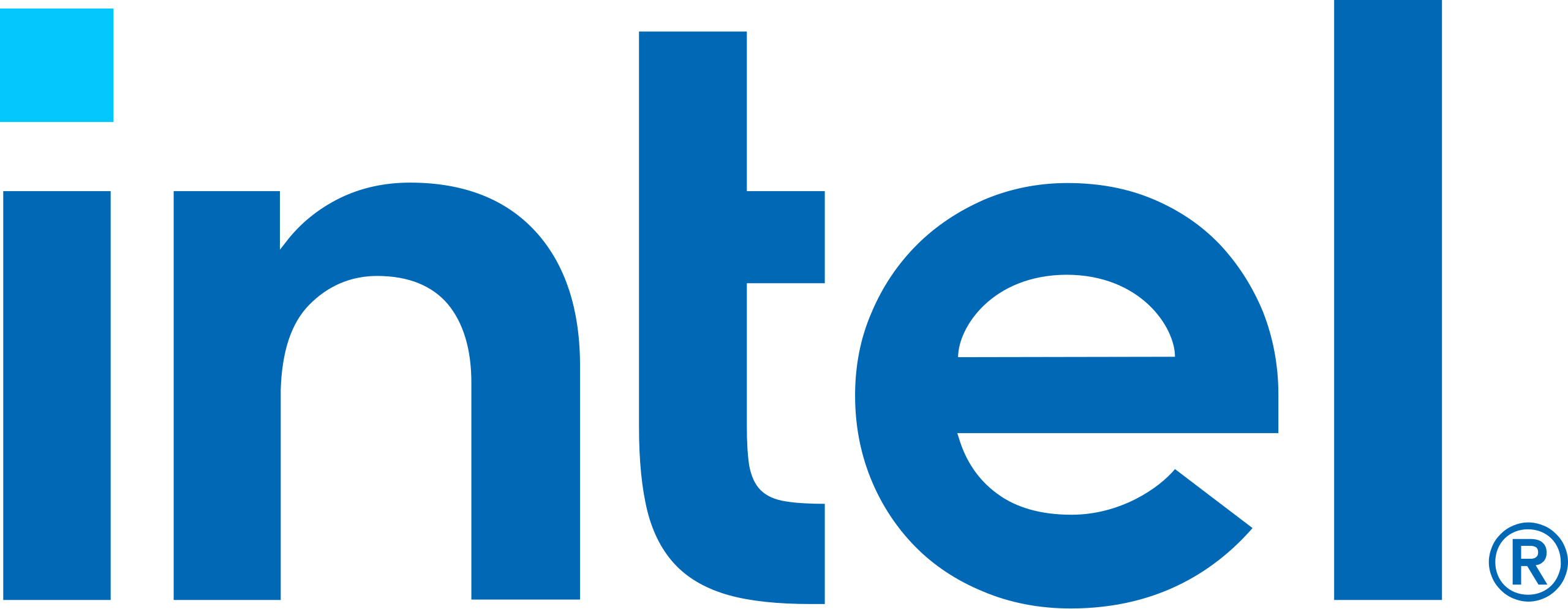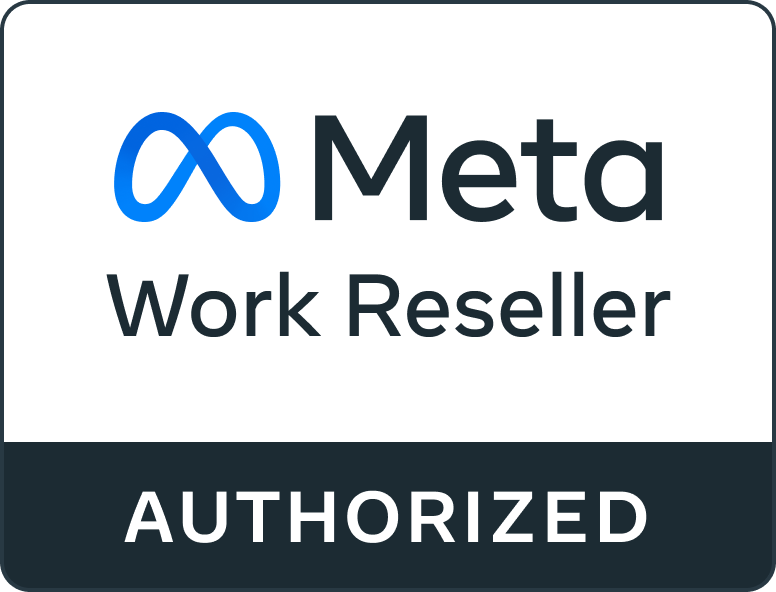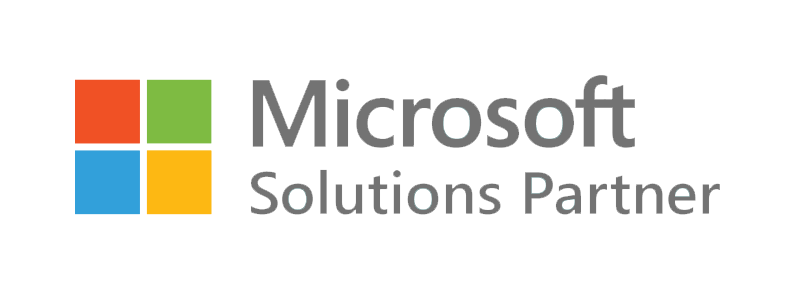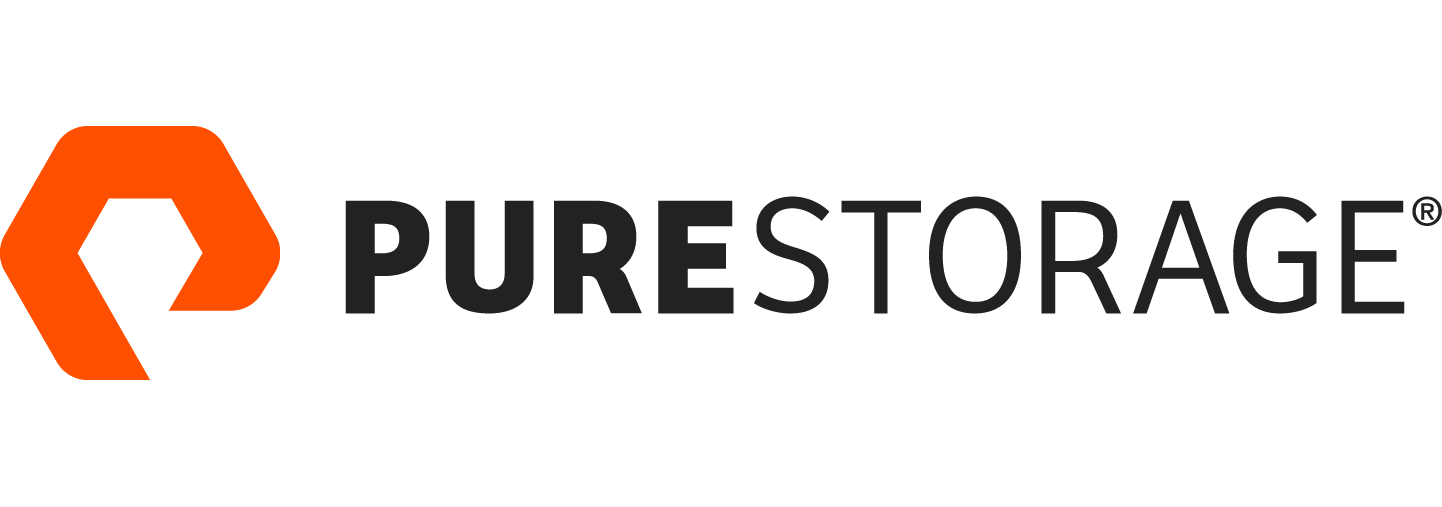Public Cloud Providers, Considerations for the MSP Community
Categories
Author
Introduction
In this blog we explore the big three public cloud provider offerings, Google Cloud Platform (GCP), Amazon Web Services (AWS) and Microsoft Azure (Azure). We will summarise key information with a focus around the needs of the MSP that look to Distribution for supply and support around these offerings. We will call out where SMB needs may differ from the Enterprise customers these products first gained traction with and will provide links to resources at the end of the article.
Market share history and future
The move from customer owned assets to public cloud continues apace with quarterly revenues increasing $10 billion in Q4 2022 compared to Q4 2021. Unsurprisingly, given the geopolitical and currency headwinds and the sheer scale of the business, growth is slowing and customers are focussing more on optimising their cloud spend than expanding it.
From a Market Share perspective, AWS, the longest established offering, has been operating in a 32%-34% window over the last 5 years (1). Over that timeframe, Microsoft Azure and Google Cloud have almost doubled their market share to 23% and 11% respectively, taking market share from smaller providers more than AWS (1). Longer term, it’s feasible that AWS and Azure could draw level in market share around 30% in the next few years with Google closing in on the pair some time later.
Capabilities
Traditionally, Google has been the choice for high compute, data analytics and AI workloads, whilst Azure has the best integration to the rest of the Microsoft stack and other hybrid scenarios. AWS triumphs with its breadth of offerings and geographic availability although it’s been slow to embrace multi-cloud or hybrid deployments. However, with new releases and updates on an almost daily basis gaps between the three offerings are constantly being plugged. Microsoft and Google are increasing their data centre footprint and geographic spread as well as their solution portfolio. Microsoft’s hopes its investment in OpenAI will help it leapfrog the other two with Microsoft building AI capabilities into its solutions at a pace. Whilst Amazon is developing its multi-cloud and hybrid cloud capabilities to catch up with Google and Microsoft, it’s depth and breadth of over 200 offerings make it the clear leader in capabilities at this time (2). In the SMB space, customers have a reduced need for GCPs big data and analytics capabilities or AWSs’ breadth of capability and Global reach. The interoperability with Microsoft 365 technologies such as SharePoint Online, make Microsoft Azure a seamless, obvious choice.
Pricing
From a pricing perspective the general rule has been that the pricing strategies of the three organisations are inversely aligned with their market share with GCP cheapest and AWS most expensive. Google implemented significant price increases in 2022 and Microsoft made a currency alignment with adds 9% to UK pricing from April 2023 (3). As with any rule, exceptions exist depending upon the workload, scale and term of customer commitment. Microsoft customers with existing licence agreements can make significant savings on moving those workloads into Azure if they or their technology provider can decode the complexities of Microsoft licensing to make that happen. From an SMB perspective, cost is always a concern and for most situations GCP is worth exploring along with Microsoft if existing licences can be used to reduce the cost. If a customer is able to make a long term commitment, AWS may match Azure for price.
Sustainability
As the big three providers market share, offerings and pricing come closer together and the impact of data centres on our environment becomes more widely talked about, the vendors approach to sustainability may well become a key differentiator. Microsoft has ambitious sustainability goals, committing to carbon negativity, and zero waste by 2030, as well as aiming to remove all historic emissions from the environment by 2050 (4). AWS has pledged to use 100% renewable energy by 2025 but is lagging Microsoft in lacking ISO14001 certification and its supply chain stipulations (5). Google is carbon neutral for current operations with a goal to use carbon-free energy in all operations by 2030. All three promise to be water positive by 2030 with Google actually stating a figure of 120% (6) . All three providers have made big commitments around sustainability and the consensus at this time is the Microsoft is executing better than the others but data is not always transparent so time will tell.
Partner Programs
With decades of experience, working with partners to deploy and sell its software, the Microsoft Cloud Partner program is unsurprisingly, the most comprehensive of the three providers. Google entered the market with an understanding of how important partnership would be and targeted alliances with global systems integrators to develop its enterprise sales capabilities of GCP. AWS took more time to understand the critical nature of partnering and is making progress, helped by key hires such as Ruba Borno from Cisco. Many SMB MSPs will have migrated from the Microsoft Partner Program to the Microsoft Cloud Program making it a relatively known quantity with less overhead as their customers have moved from Office to Microsoft 365.
Conclusions and recommendations
Public cloud has been one of the most dynamic, rapidly growing and changing markets and although there are signs of things settling down it will be a few more years before the capabilities and market share of the main providers reaches a plateau. We have explored the big three who occupy the Leaders box in the Gartner Magic Quadrant but there are other providers looking to increase their market share too. With industry heavyweights including (but not limited to) Alibaba, HPE, Dell, Oracle, IBM and Huawei all investing heavily in their cloud capabilities there may well be other providers to consider as leaders in future. Our conclusion is that for service providers looking to deploy and manage public cloud for their customers it is impossible to ignore any of the three providers we have discussed. From a resource perspective it may not be possible to invest skills in all three platforms in which case it may well be worth following the 80:20 rule. Invest the majority of time and resources skilling up for a primary vendor and divert 20% to a secondary vendor. For SMB providers a sensible primary provider is likely to be Microsoft given the integration with the productivity tools customers will be using and familiarity with the Microsoft stack and Partner Program. With the forthcoming Microsoft price increases, it may be worth considering GCP as a backup option where customers are driven by cost. For customers with sophisticated needs, the breadth of offerings offered by AWS might make it the ideal backup platform to ensure all customer needs can be catered for. A final factor for consideration is the support you can expect from distribution, from skilling up in new areas, access to demonstration labs and pre sales support. We have included the Trusted Advisor links to each vendor solution at the end of the article, TD SYNNEX has teams specialising in each solution who would be happy to work with you.

